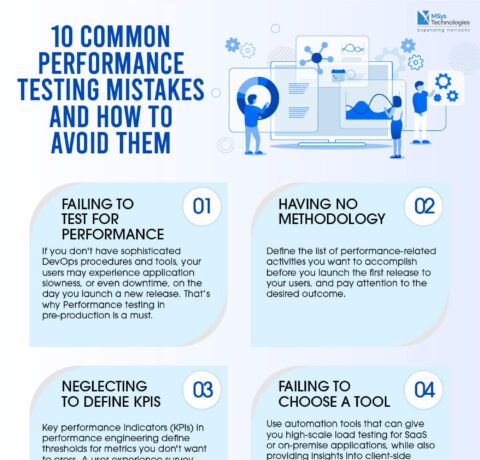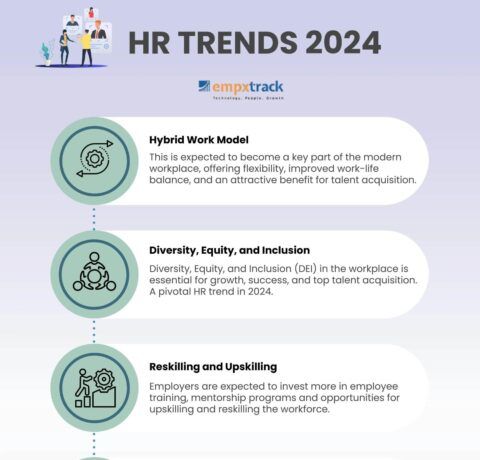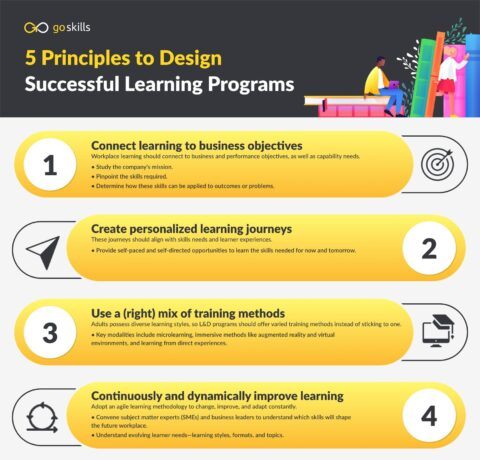What Recruiters Should Look for in a Resume Infographic
Recruiters have an eagle eye for resumes. If you are planning to go job hunting soon, there are several things to include in your resume before hitting the send button. By knowing these information, It can increase your chances in landing an interview or if you are lucky the job itself. Did you know that almost 90% of resumes are submitted online? It only proves that nowadays hiring talents are being done online. The process of job application have become easier and faster.
Although this is the case there is a downside and that is recruiters are more meticulous on this matter. The main goal is to be a stand out from the rest. To breeze through the screen process, the What Recruiters Should Look for in a Resume Infographic can provide guidelines on how to create a perfect CV. It also includes some red flags to watch out for and the things to add on your resume.
Prepare necessary details
First things first, you have to prepare a handy list of the specific objectives you’re looking for in a candidate. This depends per job position and industry.
- Job description – Take note of the specific job description and requirements needed for the position.
- Must-have skills –Prepare a list of important skills required for the position. These should be aligned with the job description.
- Must-have experience – Make a list of specific and relevant work experience and estimated number of years since some job positions require specific years and work background to pass.
- Skills, achievements and work values – Create your list of important skills, achievements, and work values needed for the job position to help you screen quickly and cautiously.
Study the entire resume
Once you have your screening essentials, it’s now time to get to business and thoroughly assess a resume. After a quick screen, by now, you should be down to half of the total number of applications after separating the qualified profiles from the unqualified.
- Correct spelling and grammar – A resume with no spelling and grammatical errors show that a candidate proofread his application and assures that he is well-versed for the job position he’s applying for.
- Qualifications – Should contain the applicant’s educational background, work experience, achievements, skills, and competencies. You can get to know the candidate through this section and assess whether he’s suitable for the job.
- Presentation and formatting – Covers the resume’s overall readability, look, and content, and should be easily understood and detailed. The presentation depends per work industry. If a candidate is applying for a design-related job, it should show in his resume.
- Industry keywords – When screening resumes, look for applicable keywords to help ease up the process. If you’re screening for marketing jobs, look for the keywords “sales,” “advertising,” and “PR”; for developer jobs, look for “programming,” “coding,” and “website.”
- Personality and work values – Aside from a candidate’s qualifications, you must also get to know his personality and work ethics. Most job positions require “can work with a team,” “detail-oriented,” and “fast and continuous learner.”
- Consistency – Resumes can now be viewed and posted on social media and online job sites as an alternative to email. When screening resumes online, you have to take note of the consistency and uniformity of each uploaded resume.
- Character/professional references – After evaluating the entire resume, the references are your first-hand witnesses to a candidate’s work performance. You can interview and call these people to know the candidate more.
Watch out for the red flags
Since resumes are a candidate’s main entry to the job table, some vital details and information are often modified and overstated to fit the job position more.
- Lacks professionalism – Typos, sentence errors, unrelated buzzwords, and poor formatting are among a resume’s red flags. You should also observe the resume and attached job-related materials such as cover letters and the portfolio’s tone and language such that it should be honest, direct, and confident.
- Employment gaps and shifts – Some employees have done job hopping and a noticeable gap between employments. These are common occurrences in the job market and can be considered as normal, but too many job shifts and time lapses can be a red flag that a candidate might not stay for a long time with your company too.
- Unspecified job objectives – Most of the time, if a resume has no specific objectives it’s already classified as a red flag. The objective shows a candidate’s interest and contribution to the job position and without it, a candidate may be seen as someone who’s not really up for the job.
Take note of the bonus features
Some resumes tackle more experiences beyond their qualifications and these candidates usually stand out from the rest.
- Solved work problems – How a candidate solved problems and his responsibilities in his previous company.
- Saved time and costs – How a candidate managed to save both time and money in his previous company.
- Contributed revenue – How a candidate acquired sales and profit for the previous company.
- Helped people – How a candidate assisted, mentored, and led people on the previous job.
- Created work – The amount of work a candidate has produced for his previous job.
- Acquired awards and recognition – How a candidate gained awards and recognition in his previous job.
See also:







You can adjust your cookie preferences here.